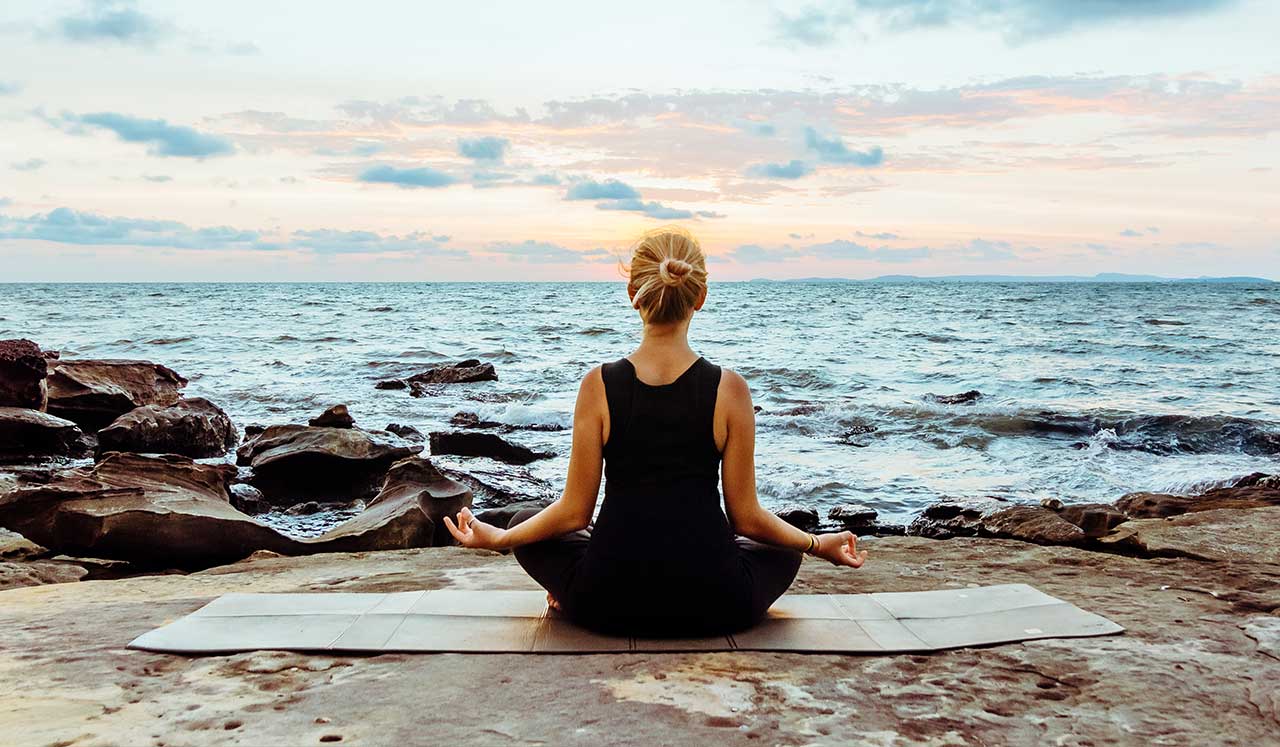May 14, 2020
The stay-at-home orders prompted by COVID-19 dramatically impacted lifestyles, including fitness routines. Team sports were sidelined. Gyms went dark. New online fitness options emerged. Some people hit the streets and trails to walk, run or bike. Some set-up home gyms. And some opted out of exercise completely.
Regardless of what you chose to do (or not do) during the pandemic, you’ve likely changed your exercise habits. As you determine what your fitness ‘new normal’ will be, make sure you incorporate safety.
Memorial Hermann | Rockets Sports Medicine Institute-affiliated primary care sports medicine physician Rehal Bhojani, MD, offers tips for safely resuming your old routine or for starting a new one. Dr. Bhojani is the fellowship director of the Primary Care Sports Medicine program at McGovern Medical School at UTHealth in Houston, where he also serves as an assistant professor.
1. Start slow and listen to your body.
“Don’t expect to pick up where you left off,” says Dr. Bhojani. “Expect to take some time to get back to your previous levels. Knowing where to start is subjective, based on your rating of perceived exertion, your RPE, which is how you feel after a workout. If you're lifting 50% of the weight you were lifting before all this, and that makes you feel just as tired and worn out as it did a month or six weeks ago at your pre-COVID levels, then that's where you should start. It could be 50%. It could be 75%. It’s subjective. If you’re not sure where to start, start at 50% of your prior level/weight and see how you feel. The same goes for running. If you were running 10-minute mile and haven’t been running, you might have to start with a 13-minute mile and work your way back,” he says.
2. Make a plan.
Dr. Bhojani suggests using the rest period between sets or exercises to check in with yourself, to adjust your workout. “Make notes about the types of exercises, the weights and numbers of repetitions and sets you’re doing. Make a plan for getting back to where you were. For some, it might take three to five days; for others, it might take six weeks or even longer,” he says.
3. Talk to your doctor, especially if you're taking medications.
If you’re embarking on a new exercise program, it’s a good idea to speak to your doctor first, especially if you are taking medications. “Certain medications, including diabetes and high blood pressure medications, can cause side effects with exercise and may require adjustments. These patients must be monitored. Fortunately, there are a lot of telemedicine opportunities now, so even if you’re unable to see your doctor in person, you can communicate remotely,” says Dr. Bhojani.
4. Consider incorporating an in-home workout.
Given the potential for a resurgence or reoccurrence of COVID or similar, consider adding an in-home workout to your regular exercise routine. “People won’t stop going to the gym; I think that social interaction is mentally important,” says Dr. Bhojani. “But I think the stay-at-home orders have brought about a number of good workout programs, which are good options for individuals whose lifestyles and whose homes accommodate them. And by adding an in-home workout to your routine, you’ll be better prepared if, and when, we find ourselves in a similar situation in the future,” he says.
Staying active is essential to good health. For advice on how you and your family can stay physically fit, schedule an appointment with a Memorial Hermann affiliated primary care sports medicine physician at memorialhermann.org or call (713) 222-CARE (2273).
The information in this article was accurate as of May 14, 2020.


